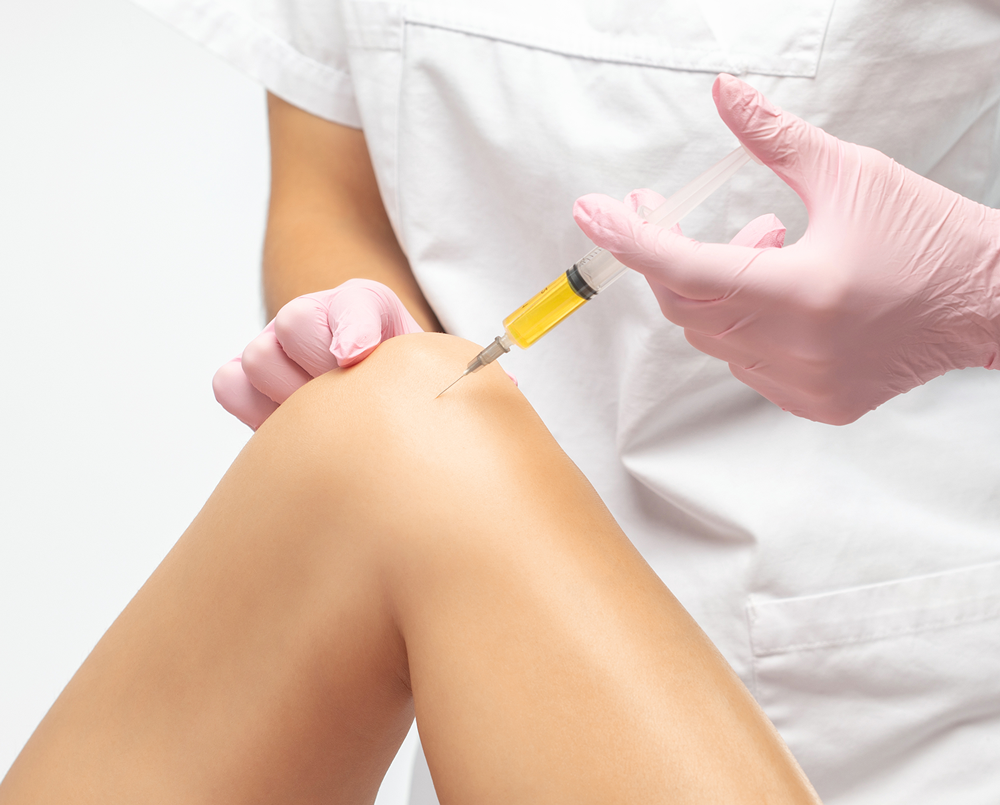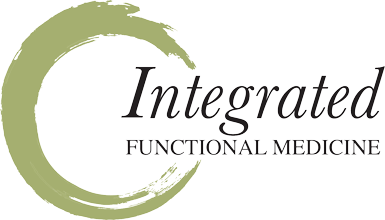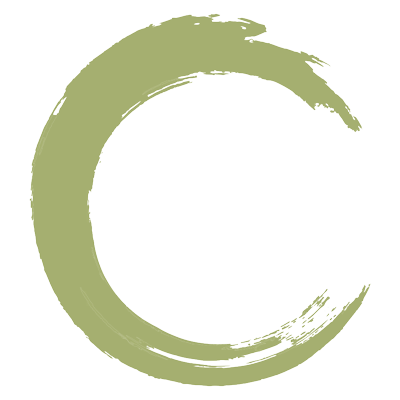PRP in Sports Medicine + Chronic Rehabilitation
Despite advances in training methods and equipment, sport-related injuries are a common occurrence among professional or amateur athletes. Approximately 50% of the common injuries are due to overuse: tendon injuries, ligament injuries, and stress fractures. Acute sports injuries include muscle, ligament and tendon strain or tears.
Most treatment modalities include: rest, elevation, non-steroidal anti-inflammatory drugs (NSAIDs) and physiotherapy; chronic injuries have traditionally also been treated with long-acting steroid injections, prolotherapy or even surgery.
NSAIDs are not an optimal treatment modality as they have potentially harmful side effects. Although cortisone shots may provide temporary pain relief and stop inflammation, they do not provide long term healing and can actually weaken tissue. The aim of prolotherapy injections is to irritate the injured area resulting in increased blood flow to the area (and possibly kick-starting the healing process), however it does not deliver growth factors like that of PRP. On this factor alone, PRP is becoming a powerful and growing biologic tool in sports medicine.
PRP has countless and growing applications in sports medicine as well as some other chronic conditions (e.g. arthritis).
- Acute and chronic tendon injuries (tendonitis, tendinosis, tendinopathy, tendon tears)
- Foot and Ankle: Plantar fasciitis, achilles tendonitis and partial tears, sprains
- Knee: Patellar tendonitis and tears and quadriceps tendonitis and tears
- Thigh: Hamstring strains
- Elbow: golfer’s elbow/tennis elbow
- Shoulder: Rotator cuff tendonitis and partial tears
- Bursitis (in joints)
- Osteoarthritis (in joints)
- Rheumatoid Arthritis (in joints)


